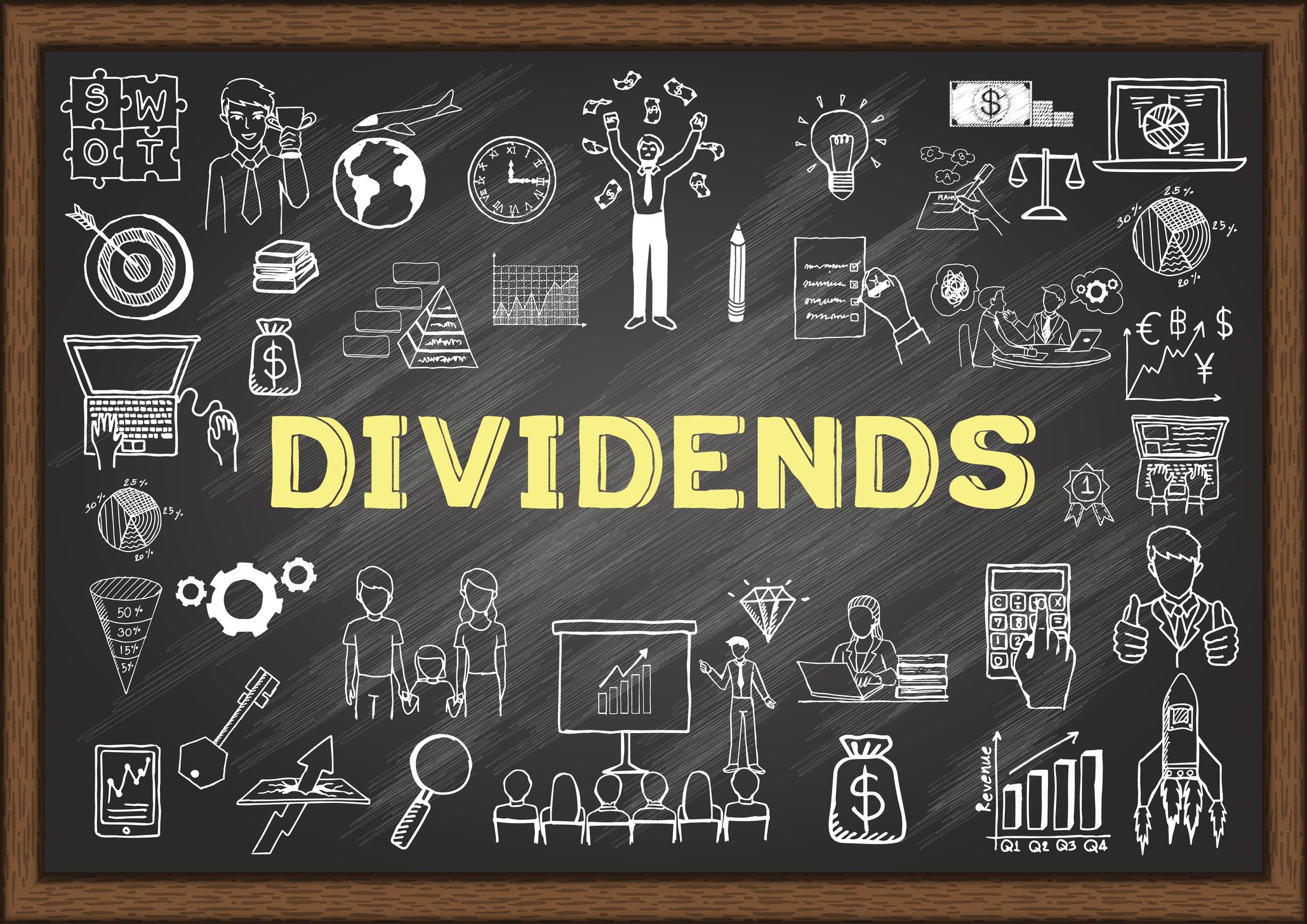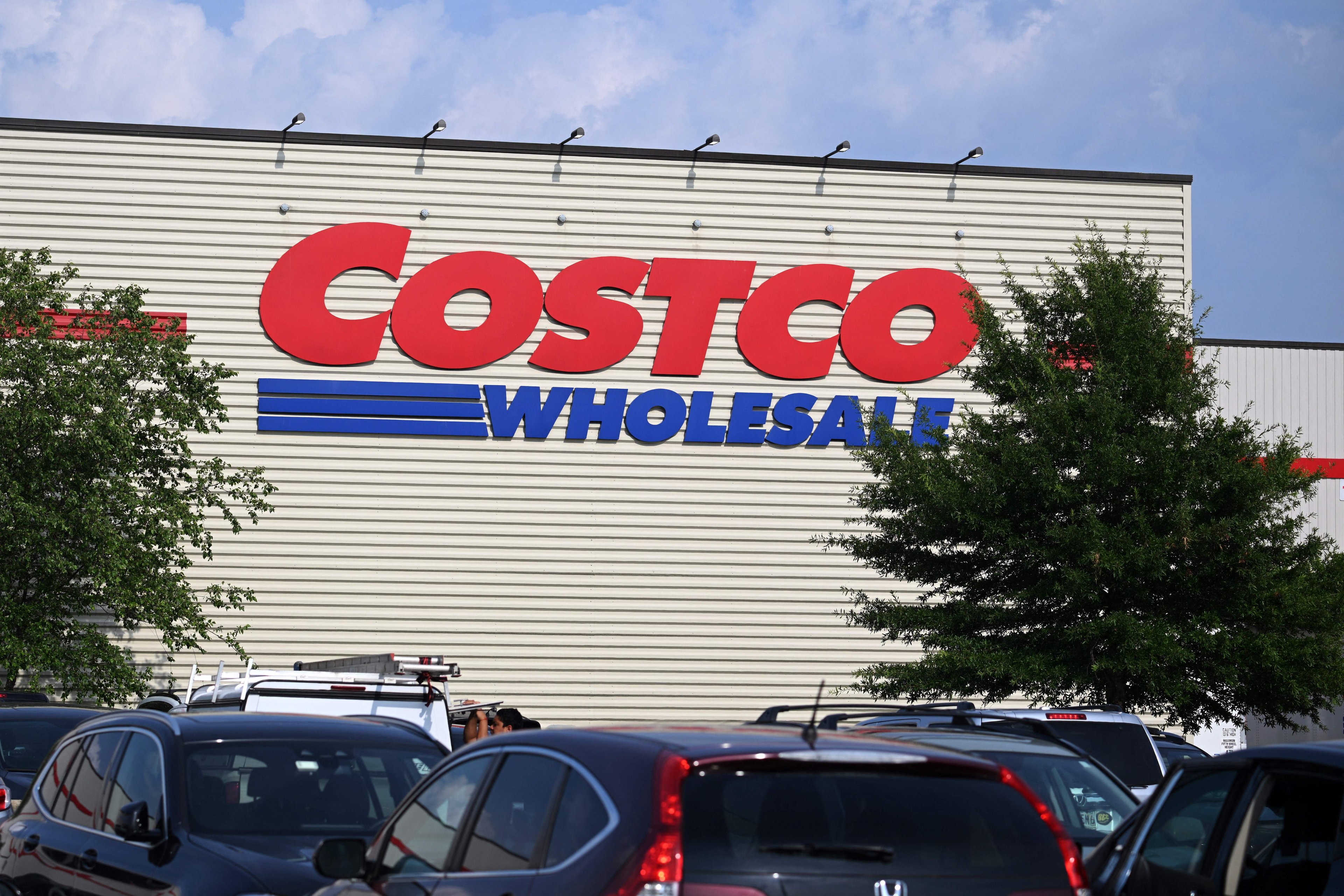
Image source: Getty Images.
Dividend payments are the ultimate manifestation of stock ownership. When you buy a share of a stock, you're buying a piece of the company and the rights to share in the profits of that company. When you receive a dividend payment, you can see the fruits of your investment in cold hard cash, not just theoretical capital gains.
But not every company pays a dividend. They prefer to reinvest profits back into the business in order to keep growing, or to stockpile cash in case of a rainy day. There are merits to that management style and investing in companies that don't pay dividends. But companies that pay a dividend, particularly a high-yielding dividend payment, are usually smarter investments.
Here are five reasons high-yield dividend stocks are smart investments.
They pay you to hold them
In the current environment of low-yield savings accounts, where you're lucky to receive 1% interest and more likely to receive less than one-tenth of that, investing in high-yield dividend payers can boost your return.
Of course, that yield doesn't come without risk. There's no FDIC insurance on your investment in a company like Verizon Communications (VZ +1.67%), which is currently yielding over 4%. You'll be subject to the whims of Mr. Market, who may decide Verizon stock is worth $55 one month and just $50 the next.
On the other hand, the opposite could happen as well. You could benefit from the high yield, and receive capital gains if and when you need to sell the stock. In fact, if you hold a high-yield stock long enough, it's more likely you'll receive capital gains on top of your yield.
They outperform the market
While growth stocks might grab more headlines and outperform the market on an individual basis, high-yield dividend payers typically outperform the market over the long run.
In a 2003 study, Wharton professor Jeremy Siegel found that the highest quintile of dividend payers in the S&P 500 based on yield outperformed the overall index average. And not just by a little. The high-yield stocks returned 14.27% per year between 1957 and 2002 while the S&P 500 averaged just 11.18%.
That extra 3.09% is the difference between $1 million and $578,000 over a 20-year period.
The study also found that the lowest dividend payers (the majority of which don't pay any dividend at all) returned just 9.5% per year. What's more, those "growth" stocks carried higher risk than the high-yield dividend payers with a higher standard deviation. In other words, growth stocks are hit or miss and dividend payers are more steady.
Instills discipline in management
Part of the reason dividend payers as a group produce better and more steady returns is because the dividend forces management to be more disciplined. If a company has several investment opportunities -- either acquisitions or internal developments -- the obligation of paying out a dividend every quarter will force management to only choose the opportunities with the highest expected rate of return.
A growth company, looking to grow its revenue at all costs, may be apt to make every investment at its disposal in hopes that one may outperform its expectations. That means taking on more risk, and taking on more investments with lower potential returns.
What's more, if a company has a long track record of dividend growth, that discipline becomes even stronger. Procter & Gamble (PG +1.48%), for example, has raised its dividend for 60 straight years and has a spot near the top of the Dividend Aristocrats. That kind of streak instills discipline in management to continue raising the dividend, because while it takes 60 years to build a streak like that, it only takes one year to break it.
Shareholder friendly
While shareholders technically own a company, they don't control it. Management is in charge of calling the shots, including how much of the profits get returned to shareholders. Unless your name is Carl Icahn, you can't just buy some shares and start demanding that Apple (AAPL +0.04%) start buying back more shares and paying a higher dividend.
When management decides to pay a dividend of its own accord, it's showing a direct interest in returning value to its shareholders.
Additionally, steady dividend payers attract a different group of investors. Fewer people are short selling shares of P&G or Verizon because the dividend and its likely growth provides intrinsic value to the company's stock. Both of those companies have short interest that less than 1% of the company's shares outstanding, while a company like Twitter has over 8% short interest.
On top of that, investors in growth stocks are more likely to treat their shares like a race ticket rather than holding onto them for the long run, producing additional volatility in the share price. That's evidenced in the Siegel study mentioned earlier.
Their value is easy to understand
A company with an established record of paying a dividend and growing it (or not) makes it easier to evaluate the company's stock price. Some guys much smarter than me developed a formula to estimate the value of a stock based on its future dividend payments. Myron J. Gordon and Eli Shapiro first published their dividend discount model (also known as the Gordon Growth Model) in 1956, and it still applies 60 years later.
Basically, the formula says a stock is worth the value of its next year's dividend payment divided by an investor's required rate of return minus the dividend growth rate. For example, Apple pays a dividend of $2.28 and I expect it to grow at a steady rate of 10% for the foreseeable future. If I require a return of 12% from Apple shares, a fair value for the stock is $2.28*110%/(12%-10%). That's $125 per share. With shares trading hands around $105, Apple shares would be undervalued.
There are some limitations to the model. For example, it requires investors to make predictions about a company's dividend growth that may prove inaccurate. There's no guarantee that Apple will continue to increase its dividend at a rate of 10% even though it's done so ever since reinstating its dividend. Even then, the model assumes Apple will continue raising its dividend 10% into perpetuity. Additionally, a required return equal to or less than the dividend growth rate renders the model unusable.
But investors willing to take the time to learn about a company can make some pretty good estimates for the next few years. And the impact of dividend growth in later years is minimized by the impact of time on the value of money today. Regardless, it can provide a more confident estimate of a stock's value than current earnings or book value.





